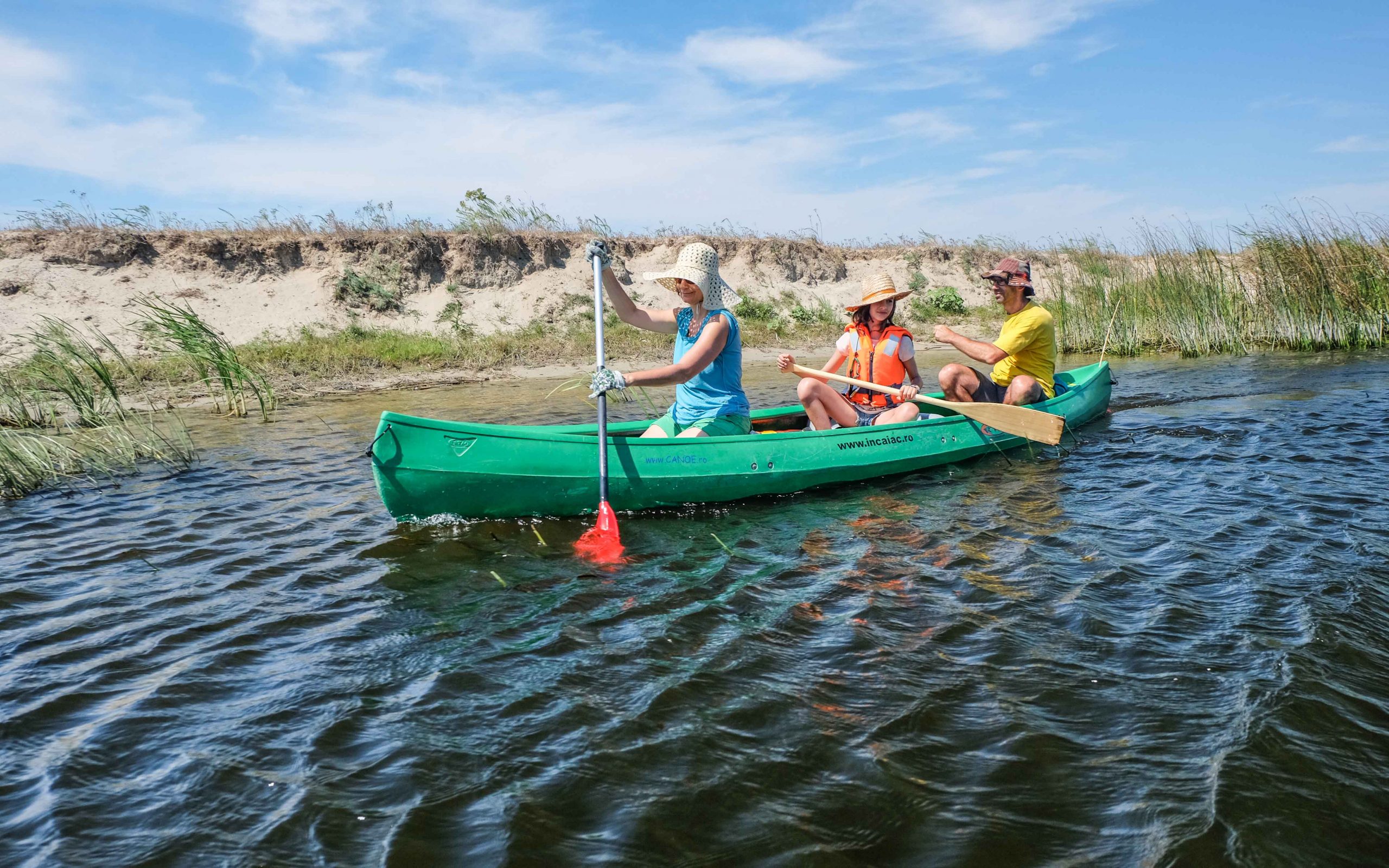
The Danube Delta is the third area of the planet in terms of biodiversity, after the Great Coral Barrier and the Galapagos Archipelago. Here you can find over 5,400 species of plants and animals and here you feel like uncovering a hidden paradise!
Wild nature at its finest: hidden paradise in Romania
At the end of a road that exceeds 2,860 km, collecting the waters of an impressive river basin covering more than 80% of Europe’s surface, the Danube, the second largest river of the old continent builds upon its encounter with the Black Sea well over 10,000 years, one of the most beautiful deltas in Europe and even in the world, also known as one of the planet’s great wetlands. The water and dry streams that have formed here provide good living conditions for a large number of plant and animal species. Of these, the reed forms one of the largest compact areas in the world, and Letea and Caraorman forests represent the northern limit for two rare species of oak in Romania, commonly found in the southern areas of the Balkan and Italic peninsulas.
Besides the large number of aquatic and terrestrial plants, there are also colonies of pelicans and cormorants specific to the Danube Delta as well as a large number of other aquatic birds that live or come here to nest or spend the winter. It should be also noted that there is a large number of fish species of ecological but also economically high value.

Danube Delta house
It can be said that through the impressive diversity of habitats and life forms it hosts in a relatively small area, the Danube Delta is a true biodiversity museum, a bank of invaluable natural genes value for the universal natural heritage.
Biodiversity and amazing landscapes
To understand a small part of what the complexity of the Danube Delta is, it is not enough to read about it, but you have to visit this vast and complex natural environment, take a boat ride through the canals and lakes, listen to the rhythm of the reed and the noises of nature , and only then will you realize how fortunate you are to visit a place known as the “Heaven of Birds and Fish”, a place that we must preserve for the next generations at least at its current state as a hidden paradise.
The Danube Delta can also be considered an exotic land, where you can see over 1,830 species of trees and plants, over 2,440 species of insects, 91 species of mollusks, 11 species of reptiles, 10 amphibian species, 320 bird species and 44 mammalian species, many of which are declared unique species and monuments of nature. And let’s not forget that there are 133 species of fish in its waters, which are an important source of food for birds and aquatic mammals as well as an important scientific and economic resource.
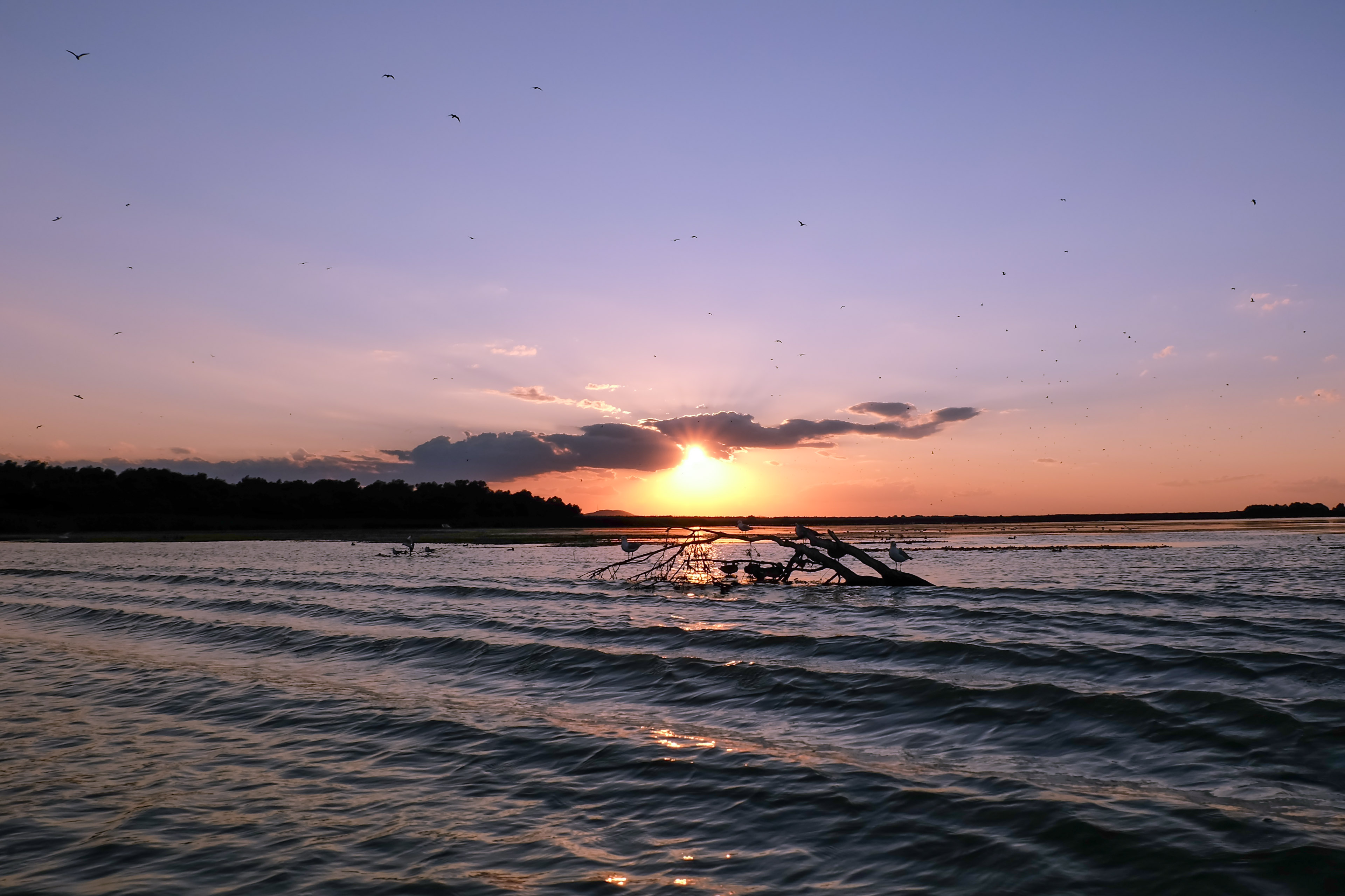
Sunset in Danube Delta
Here you will have the opportunity to meet all Europe’s vegetal-lake species, which are reflected in multiple living environments: the submersible floating vegetation, the river vegetation that forms on the floodplain of ponds and lakes, the vegetation of the meadows, the vegetation of salt areas and temporary water areas.
You will see a land that represents the most important stopover for migratory birds traveling between the tropical and arctic regions, five of the most important passageways going through the Danube Delta. Many of these birds will surely accompany you along your boat rides. Apart from the migratory species, there are also a large number of rare species nesting here as summer guests, as other winter guests fly to Northern Europe and come to spend the winter in the Delta.
Danube Delta highlights
From fishing and bird watching to boat rides and observing nature’s wilderness, there are plenty of things to do and see in the Danube Delta, as well as uncovering some of the best kept secrets of the small towns and villages scattered throughout the area.
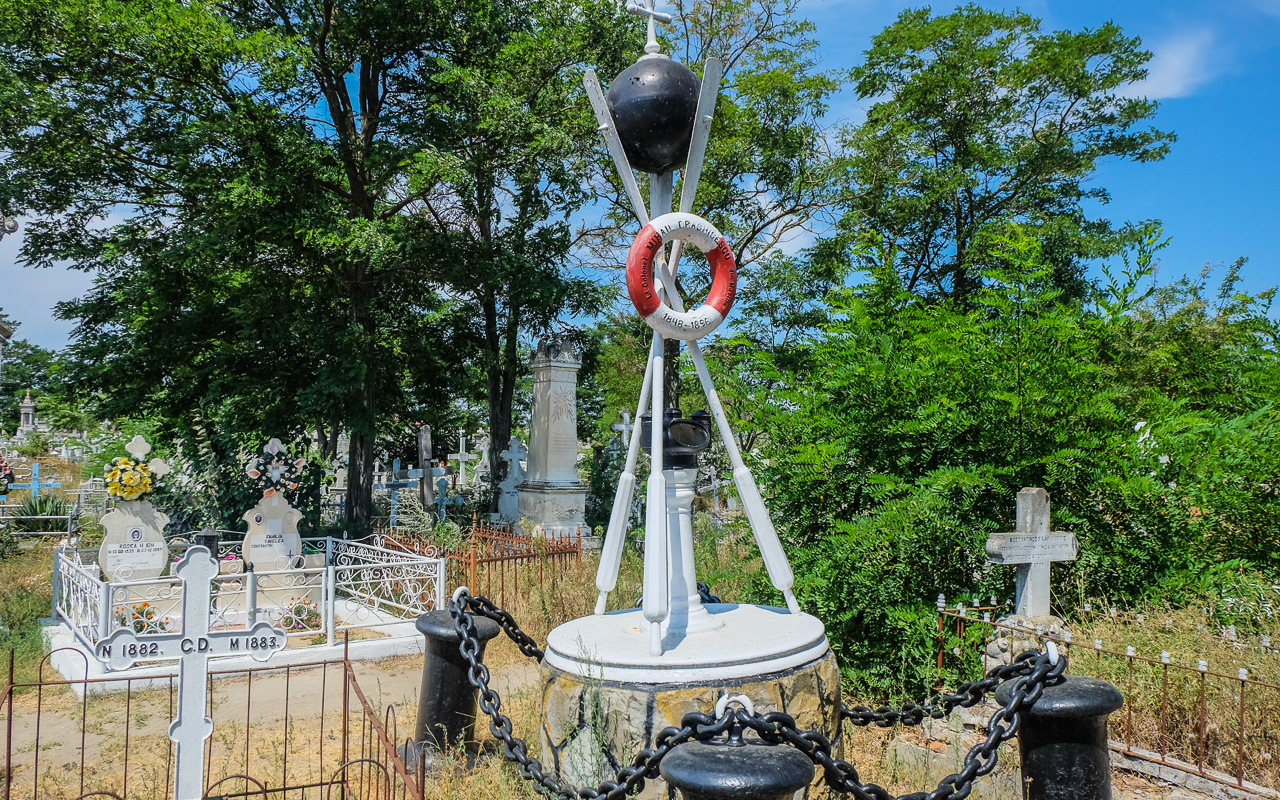
Maritime Cemetery from Sulina
The Maritime Cemetery from Sulina is one of the most interesting places you could visit here. Visiting the cemetery you can get a first impression about one of the most important factors of life in the Danube Delta – tolerance – highlighted in this space of reminders, the cemetery being, in fact, a cemetery complex in which members of many confessions rest, in an organization that should give thought to all those who have made a living goal in the division between families, confessions, nationalities or populations.
The cemetery complex consists of the Orthodox cemetery, the Orthodox cemetery of old rite (Lipovan), the cemetery of Western European churches, the Muslim cemetery and the Jewish cemetery. An attempt to delimit the burial areas on groups of monuments could create other subdivisions such as those dedicated to the British sailors’ monuments and those of the Danube European Commission, but all these, in the context of a multiethnic consistency of the local population, should be considered as only conventional delimitations used to ease the orientation in this interesting complex.
Lake Murighiol means “the Purple Lake” in Turkish, a name that comes from the color of salt-rich waters and mineralized mud. Murighiol commune is also visited by tourists for therapeutic purposes not only for the beauty of the landscape, the tranquility of the area and the passion for fishing.
Caraorman Forest means in the Turkish language “Black Forest”, a name that comes from its rich vegetation and oak trees which compose it and which stretches over an area of 3,000 hectares. This forest is made of oaks on a sandy land of maritime origin. The lianas that are found in the Caraorman Forest are 25 m long, have a Mediterranean origin and are unique in Europe, giving them a subtropical look, considering that there are also other hanging plants such as: wild vines, ivy, hop, and tendril. Also here in this wonderful forest you find trees of different species, some of them rare in Europe and even in the world: oaks with heights of over 25 m, elms, willows, white and black poplars, alder and ash. In Caraorman Forest you encounter special places like the Fountain of Hunters where you can see a 400-year-old oak with a truncated 4-meter trunk, oak that was named the Kneeling Oak due to the branches that lay on the ground. The Kneeling Oak is an integral part of the wonderful landscape of Caraorman Forest and implicitly from the unique landscape of the Danube Delta. Caraorman Forest is protected by law being declared a monument of nature.
If this seems interesting to you, find out more about the reasons you should visit the Danube Delta, especially for a summer holiday and consider doing some fun activities in the Danube Delta, many of them being family-friendly. Book our Danube Delta and Black Sea tour, or contact us for private guided tour in Romania.


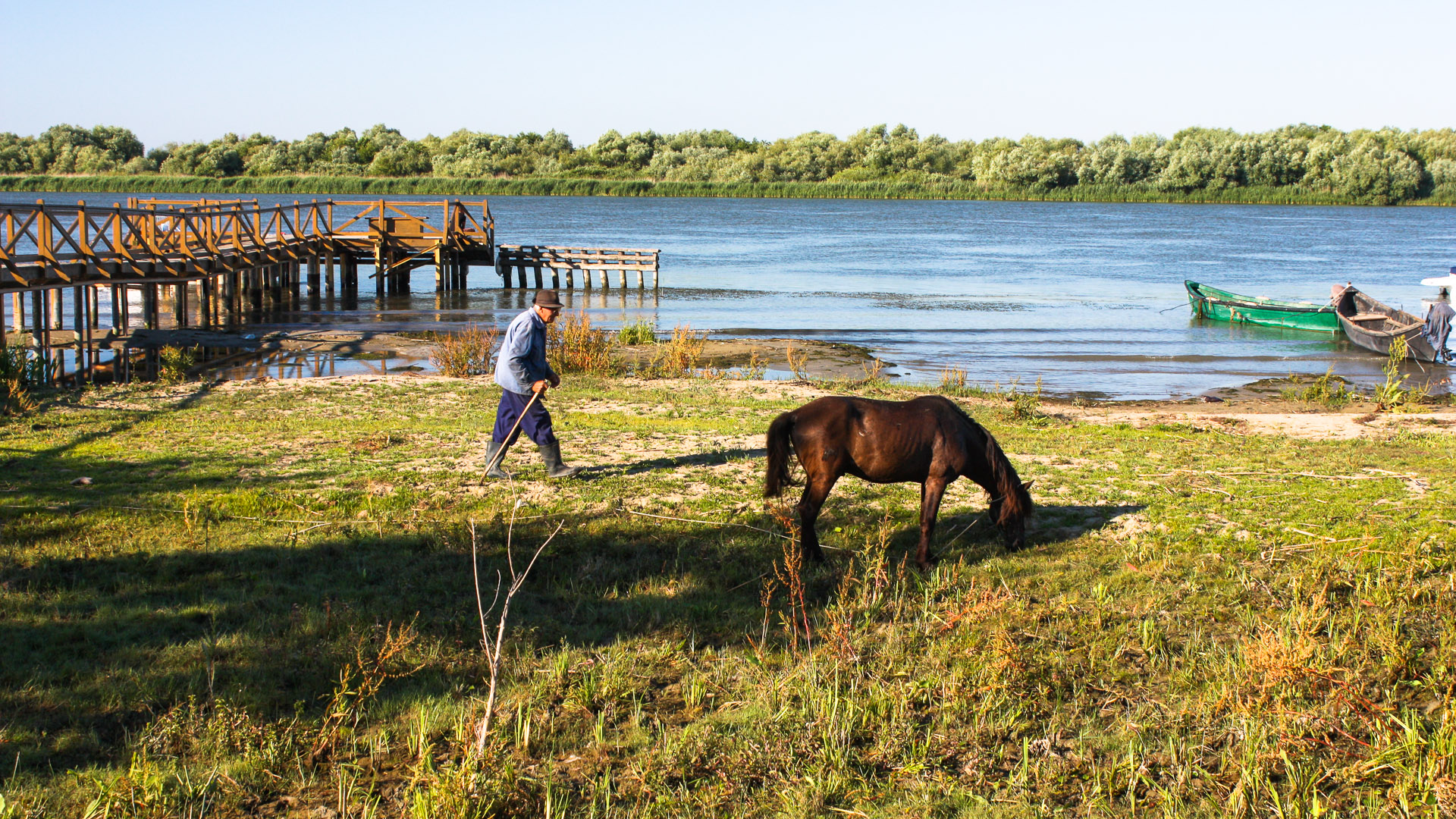
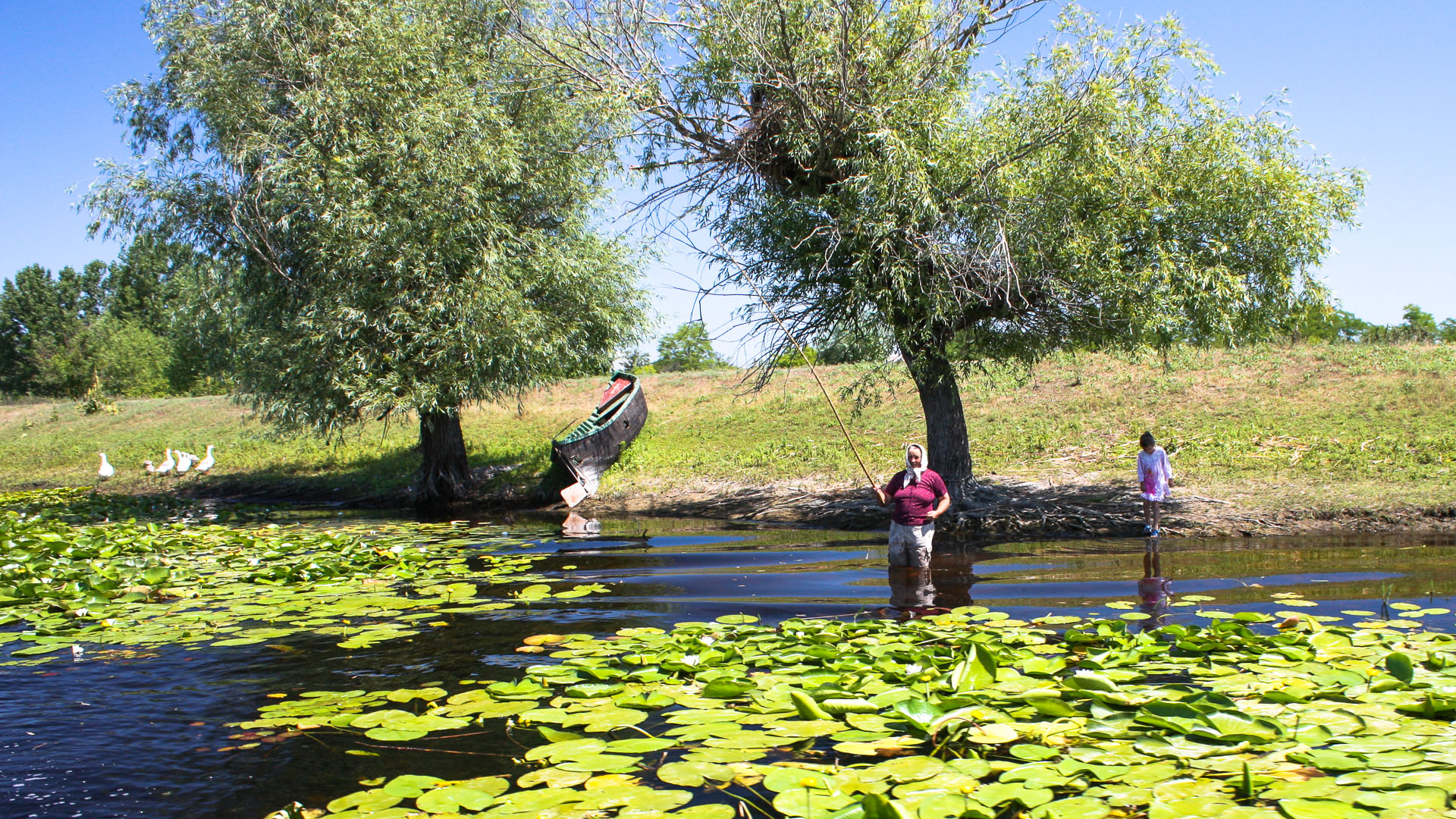

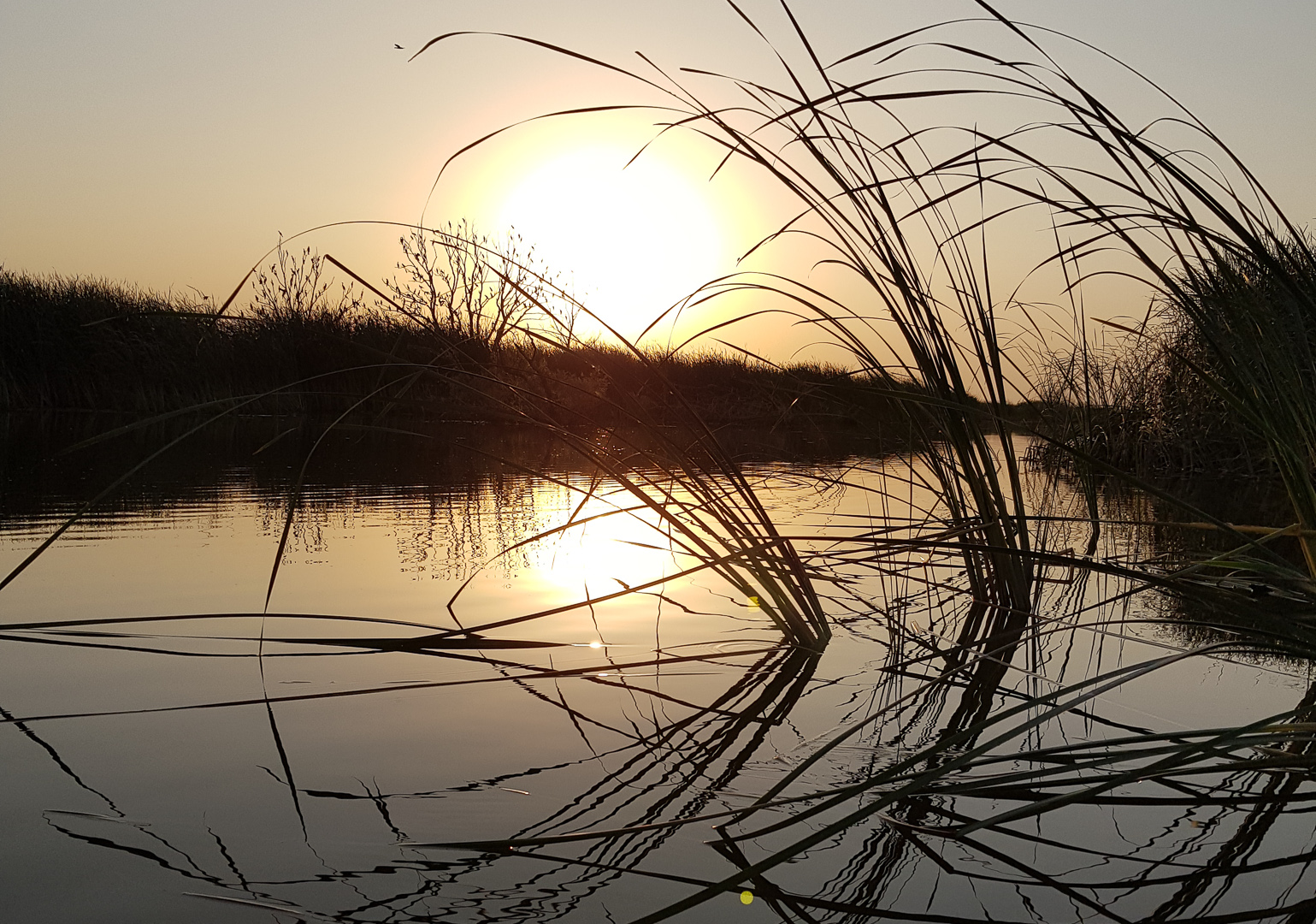
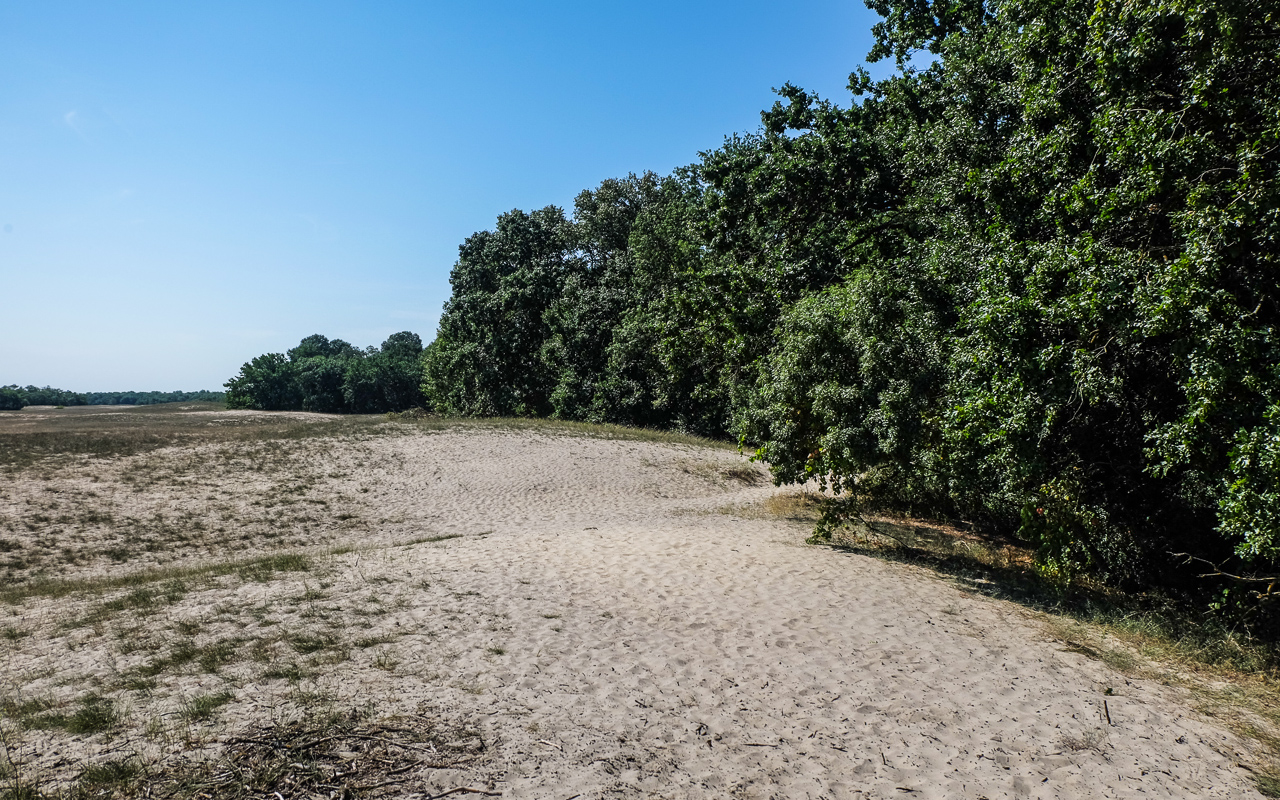
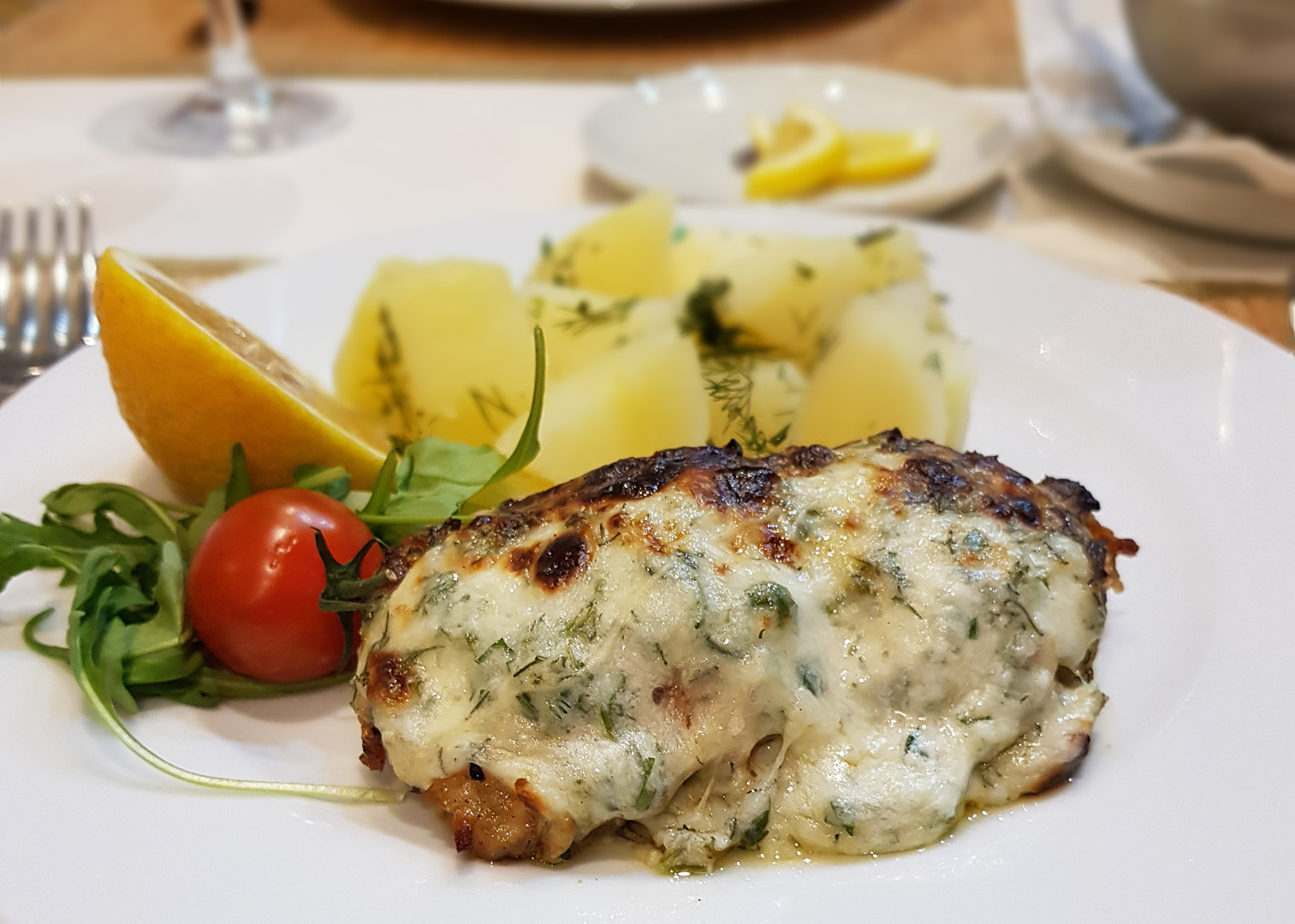
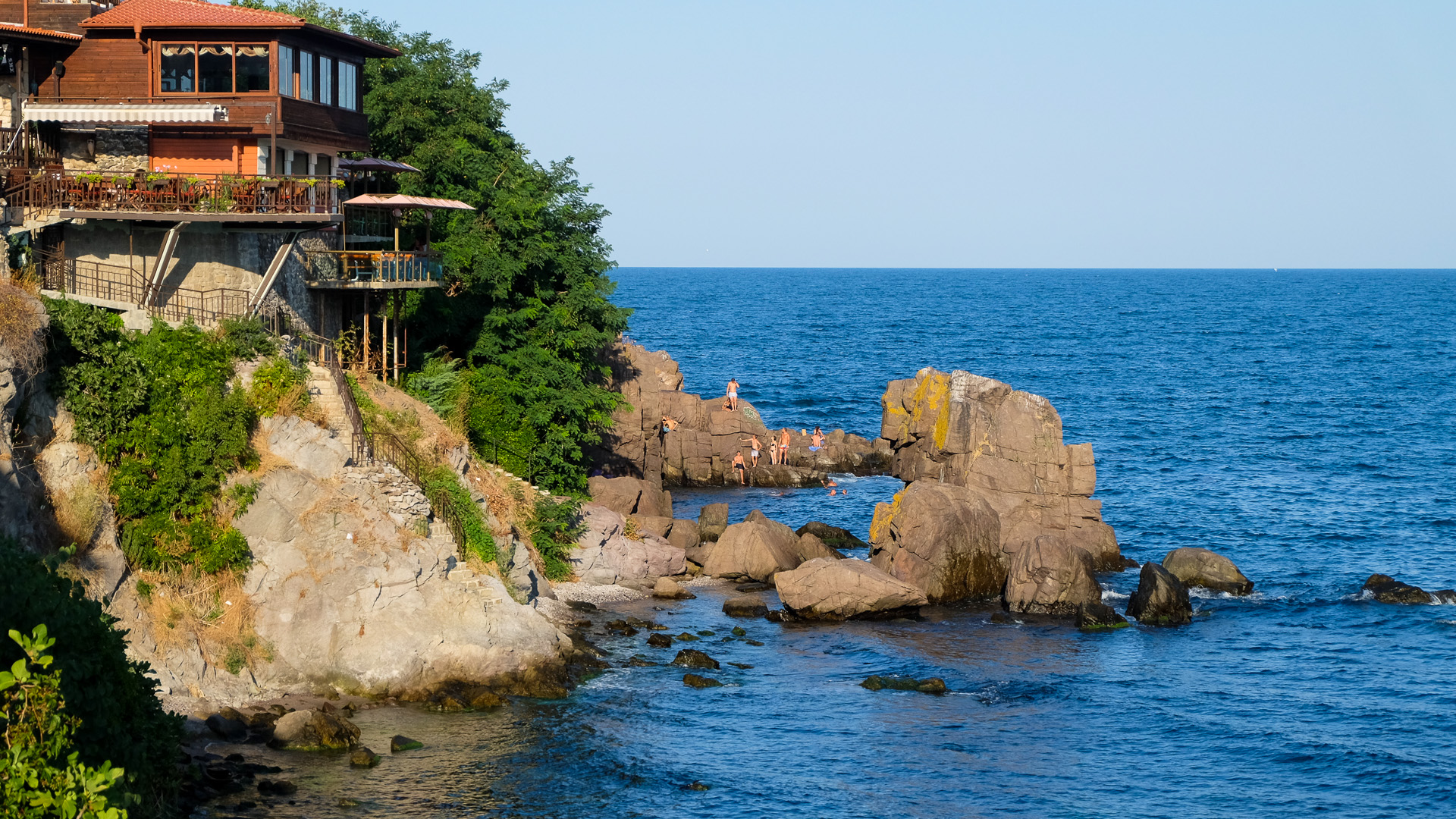
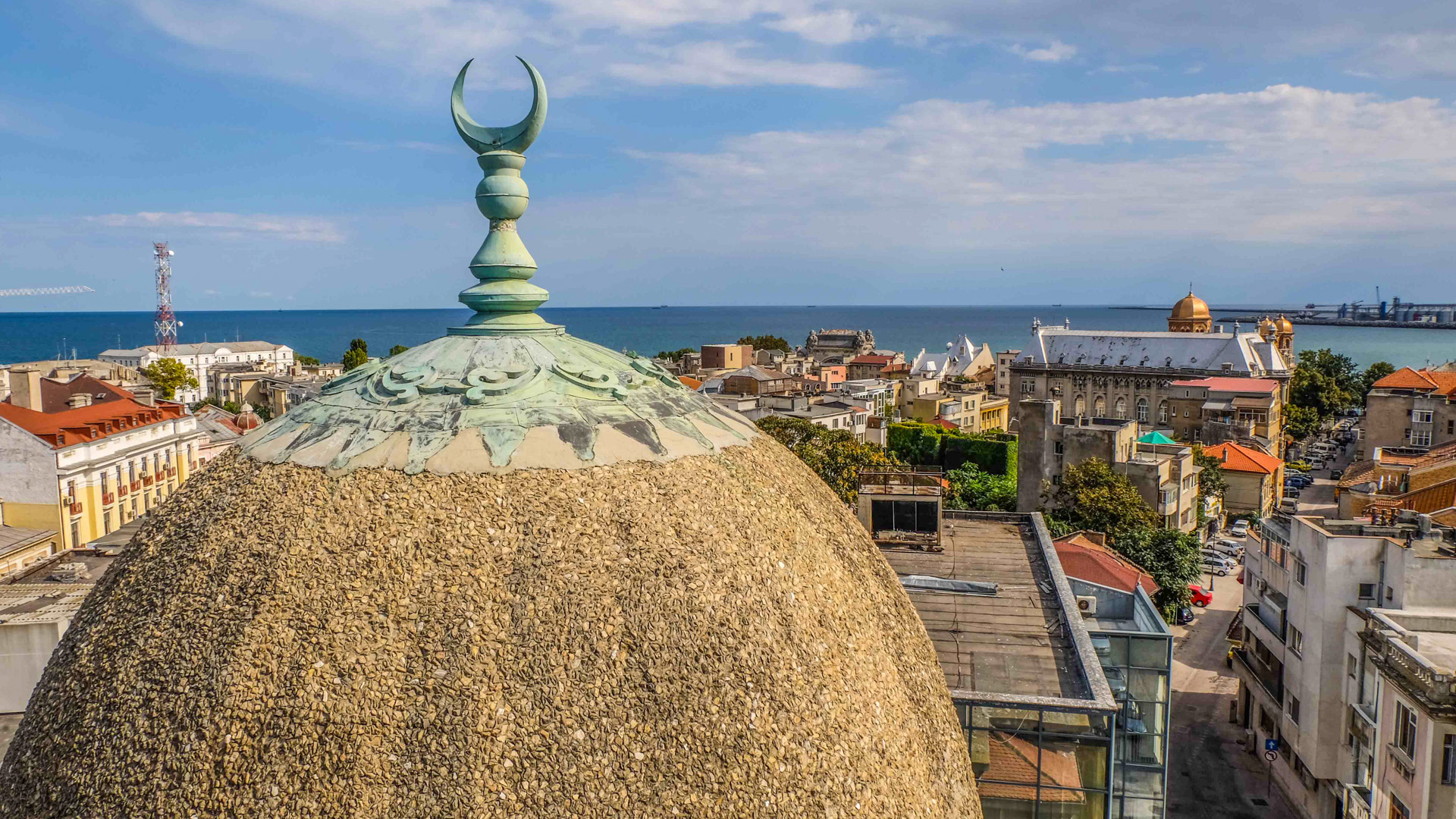
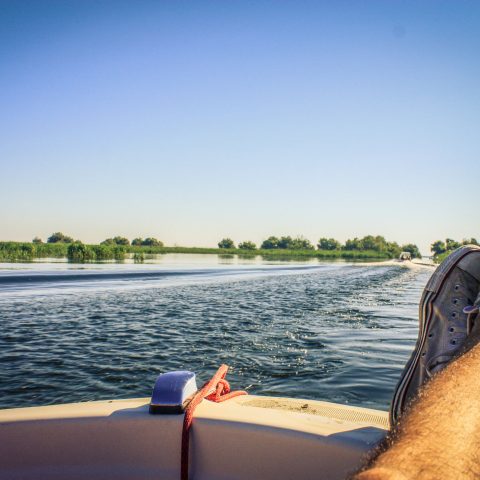
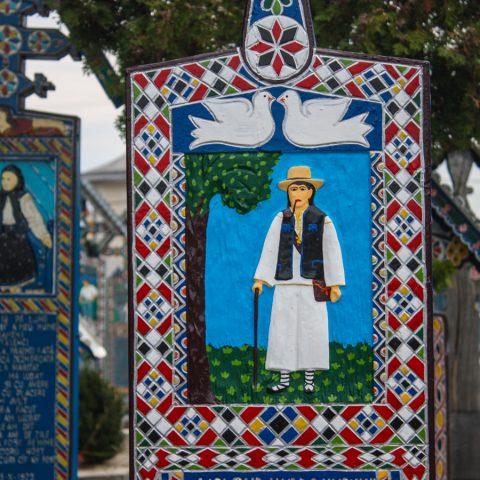
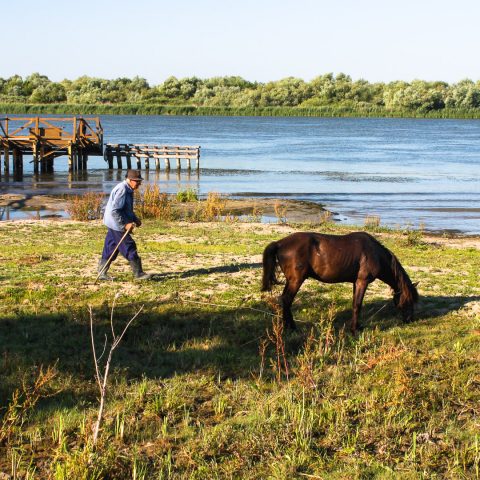











2 Comments On Exploring Romania’s hidden paradise in the Danube Delta
Bună Dimineaţa! The country is just so superbly beautiful! Love being married to a Romanian and being able to visit often.
http://www.thekaytimes.com
RTS-Web
Hi Kay,
I read your article about Romanian Wedding and that so unique… Congratulations!
Indeed Romania is a beautiful country and this is why I`m doing my job as a travel guide with all my pleasure.